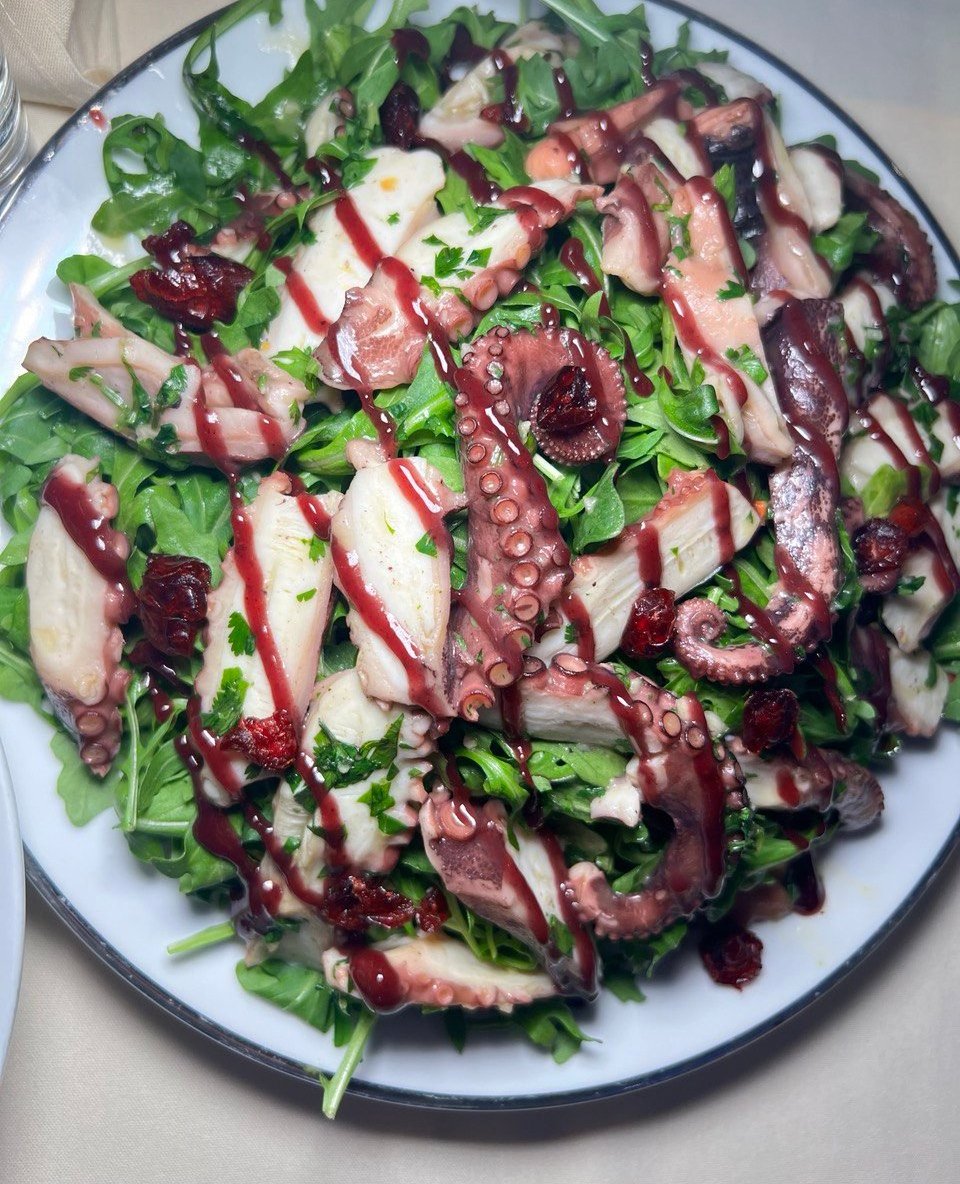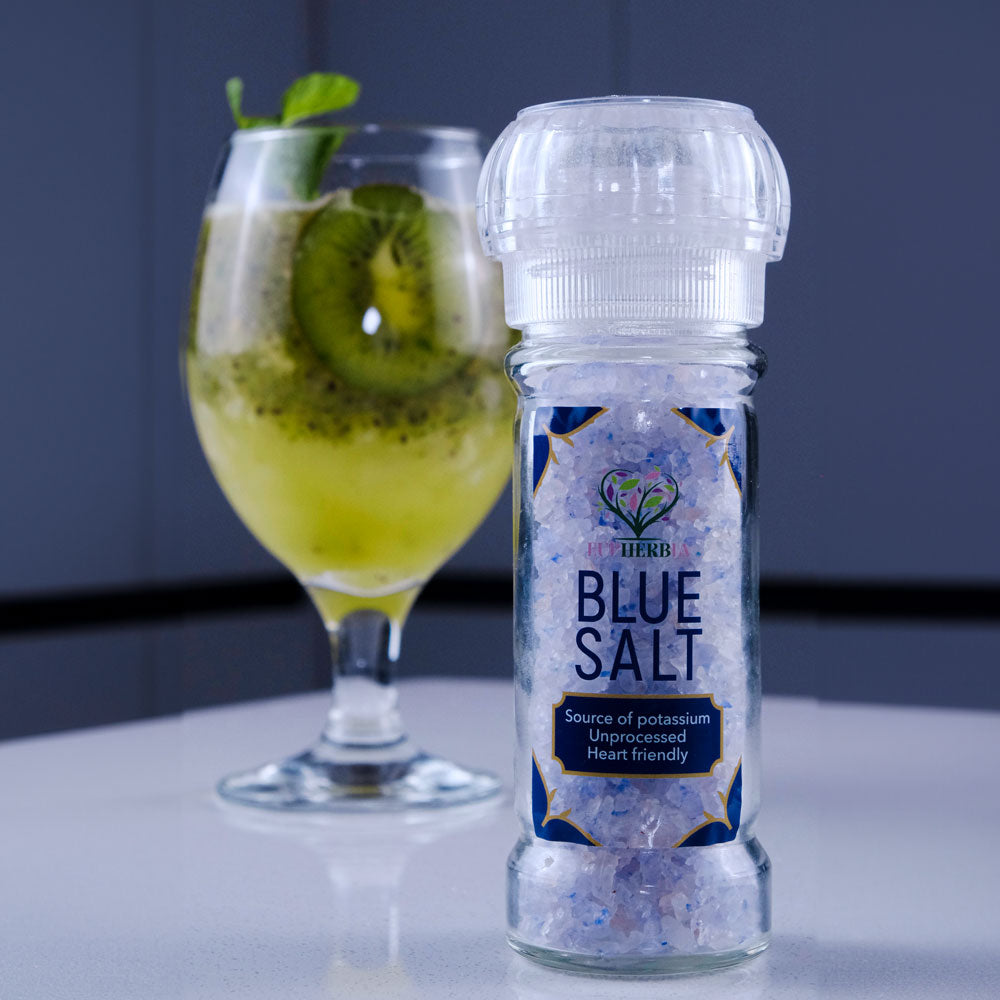Discover The Power Of Blue Salt Ingredients: A Comprehensive Guide
Blue salt ingredients have become increasingly popular in recent years due to their unique properties and benefits. From skincare to culinary uses, this extraordinary salt is making waves across industries. If you're curious about what makes blue salt stand out, you're in the right place. This article will dive deep into its origins, composition, and applications.
Blue salt is not just another type of salt; it represents a remarkable fusion of nature's bounty and human ingenuity. Its vibrant hue and distinct flavor profile set it apart from other salts, making it a favorite among chefs, wellness enthusiasts, and skincare aficionados alike.
In this comprehensive guide, we'll explore everything you need to know about blue salt ingredients. From understanding its chemical composition to learning about its health benefits and culinary uses, this article will provide you with all the information you need to make informed decisions about incorporating blue salt into your life.
Read also:Unlocking Customer Satisfaction A Comprehensive Guide To Wwwmcdvoicecom
Table of Contents:
- The Origin of Blue Salt
- Chemical Composition of Blue Salt
- Types of Blue Salt
- Culinary Uses of Blue Salt
- Blue Salt in Skincare
- Health Benefits of Blue Salt
- Environmental Impact
- Where to Find Blue Salt
- Substitutes for Blue Salt
- FAQ About Blue Salt Ingredients
The Origin of Blue Salt
Blue salt, also known as Persian Blue Salt, hails from the ancient salt mines of Iran. These mines, located in the heart of the country, have been producing salt for centuries. What makes blue salt unique is its distinctive blue-gray color, which is a result of intense pressure applied to the salt crystals over millions of years.
Historically, blue salt was reserved for royalty and the elite due to its rarity and exquisite taste. Today, it is more widely available, though it still commands a premium price. The process of extracting blue salt involves traditional methods that have been passed down through generations, ensuring its authenticity and quality.
Geological Formation
The geological formation of blue salt is a fascinating process. The intense pressure deep within the earth's crust compresses the salt crystals, creating a unique molecular structure that gives the salt its signature blue hue. This process also enhances the salt's flavor profile, making it highly sought after by chefs and food connoisseurs.
Chemical Composition of Blue Salt
The chemical composition of blue salt sets it apart from other types of salt. While it primarily consists of sodium chloride, it also contains trace minerals such as potassium, magnesium, and calcium. These minerals contribute to the salt's unique flavor and potential health benefits.
- Sodium Chloride: The main component of blue salt, responsible for its salty taste.
- Potassium: Essential for maintaining fluid balance in the body.
- Magnesium: Supports muscle and nerve function.
- Calcium: Crucial for bone health.
Trace Minerals
In addition to the primary minerals, blue salt contains small amounts of other trace minerals, including iron and zinc. These minerals play a vital role in various bodily functions and contribute to the overall health benefits of blue salt.
Read also:Phyllis Gambino Sinatra A Comprehensive Look Into Her Life And Legacy
Types of Blue Salt
There are several types of blue salt available in the market, each with its own unique characteristics. The most well-known types include:
- Persian Blue Salt: Known for its deep blue color and robust flavor.
- Himalayan Blue Salt: Sourced from the Himalayan region, it has a lighter blue tint.
- Black Blue Salt: A rare variety that combines the properties of blue and black salt.
Comparing Blue Salt Varieties
While all blue salts share some common characteristics, each variety has its own distinct features. For instance, Persian Blue Salt is prized for its intense flavor, while Himalayan Blue Salt is often used in skincare products due to its gentle exfoliating properties.
Culinary Uses of Blue Salt
Blue salt has become a staple in gourmet kitchens around the world. Its unique flavor profile and striking appearance make it an ideal choice for a variety of dishes. Chefs use blue salt to enhance the taste of seafood, meats, and even desserts.
Popular Recipes
Here are a few popular recipes that incorporate blue salt:
- Blue Salt-Crusted Steak: A luxurious dish that highlights the robust flavor of blue salt.
- Seafood Paella with Blue Salt: Adds a depth of flavor to this classic Spanish dish.
- Blue Salt Chocolate Truffles: A decadent dessert that combines the salty and sweet flavors.
Blue Salt in Skincare
Blue salt is not only a culinary delight but also a valuable ingredient in skincare products. Its mineral-rich composition makes it an excellent exfoliant and detoxifying agent. Skincare brands incorporate blue salt into their products to provide a range of benefits, including:
- Exfoliation: Removes dead skin cells, revealing smoother, healthier skin.
- Detoxification: Helps eliminate toxins from the skin.
- Hydration: Retains moisture, keeping the skin hydrated and supple.
Skincare Products
Some popular skincare products that feature blue salt include facial scrubs, masks, and body washes. These products are designed to harness the natural benefits of blue salt for healthier, more radiant skin.
Health Benefits of Blue Salt
Beyond its culinary and skincare applications, blue salt offers several potential health benefits. The trace minerals found in blue salt can support various bodily functions, including:
- Improved electrolyte balance.
- Enhanced muscle function.
- Stronger bone health.
Scientific Studies
Several studies have explored the health benefits of blue salt and its mineral content. According to a study published in the Journal of Nutrition, the trace minerals in blue salt can help maintain optimal health when consumed in moderation.
Environmental Impact
The environmental impact of blue salt production is a topic of growing concern. Traditional mining methods used to extract blue salt can have significant effects on the local ecosystem. However, efforts are being made to adopt more sustainable practices to minimize the environmental footprint.
Sustainable Practices
Some companies are implementing sustainable mining techniques that reduce water usage and limit waste. These practices aim to preserve the natural environment while ensuring the continued availability of blue salt for future generations.
Where to Find Blue Salt
Blue salt is available in specialty stores, gourmet markets, and online retailers. When purchasing blue salt, it's important to choose a reputable source to ensure its authenticity and quality. Look for products that are certified organic and free from additives.
Buying Tips
Here are a few tips for buying blue salt:
- Choose products with clear labeling and origin information.
- Opt for small-batch, artisanal salts for the best quality.
- Read customer reviews to gauge the product's effectiveness and value.
Substitutes for Blue Salt
While blue salt is a premium ingredient, there are substitutes available for those on a budget or looking for alternative options. Some popular substitutes include:
- Himalayan Pink Salt: Offers a similar mineral profile and can be used in cooking and skincare.
- Sea Salt: A versatile option that provides a milder flavor and is widely available.
- Kosher Salt: Ideal for cooking and seasoning due to its larger crystal size.
Choosing the Right Substitute
When selecting a substitute for blue salt, consider the intended use and desired flavor profile. For example, Himalayan Pink Salt is an excellent choice for skincare applications, while kosher salt works well in cooking.
FAQ About Blue Salt Ingredients
What Makes Blue Salt Blue?
The blue color of blue salt is due to the intense pressure applied to the salt crystals over millions of years. This pressure alters the molecular structure of the salt, resulting in its distinctive hue.
Is Blue Salt Healthier Than Regular Salt?
Blue salt contains trace minerals that can offer potential health benefits when consumed in moderation. However, it is still salt and should be used sparingly as part of a balanced diet.
Can Blue Salt Be Used in Everyday Cooking?
Yes, blue salt can be used in everyday cooking, though it is often reserved for special dishes due to its premium price. Its robust flavor makes it an ideal choice for enhancing the taste of various foods.
Kesimpulan
Blue salt ingredients offer a wealth of possibilities in the culinary, skincare, and health arenas. From its unique origin and chemical composition to its diverse applications, blue salt is a remarkable ingredient that deserves attention. By incorporating blue salt into your life, you can enjoy its benefits and elevate your daily experiences.
Take action today by exploring the world of blue salt and discovering its many uses. Share your thoughts and experiences in the comments below, and don't forget to check out other informative articles on our website. Together, let's celebrate the power of nature's bounty and the wonders of blue salt ingredients!

